Charles Sturt University ITC556 Data Modeling Report
VerifiedAdded on 2022/10/04
|6
|569
|465
Report
AI Summary
This report, prepared for the ITC556 Database Systems course, delves into the core concepts of data modeling. It begins with a historical overview of databases, tracing their evolution from the 1950s to modern systems, including the development of relational models, the introduction of SQL, and the emergence of NoSQL databases. The report then explores the Entity-Relationship (ER) model, a crucial tool for database design. Furthermore, the report includes a table of contents, and references, providing a structured and comprehensive analysis of the subject matter. This assignment provides a comprehensive understanding of data modeling principles and database system evolution. The report covers essential topics like database history, ER diagrams, and different database types.
1 out of 6
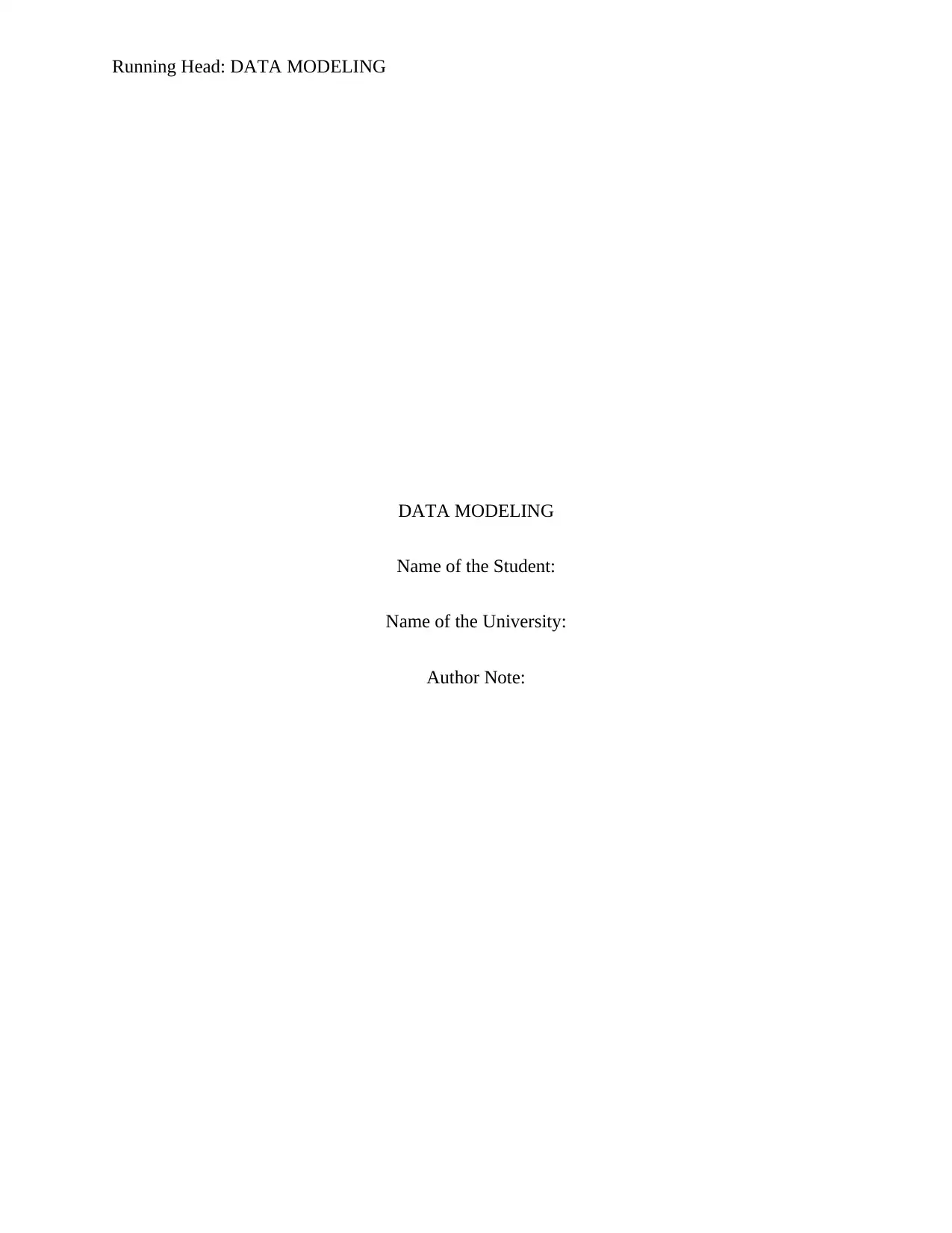
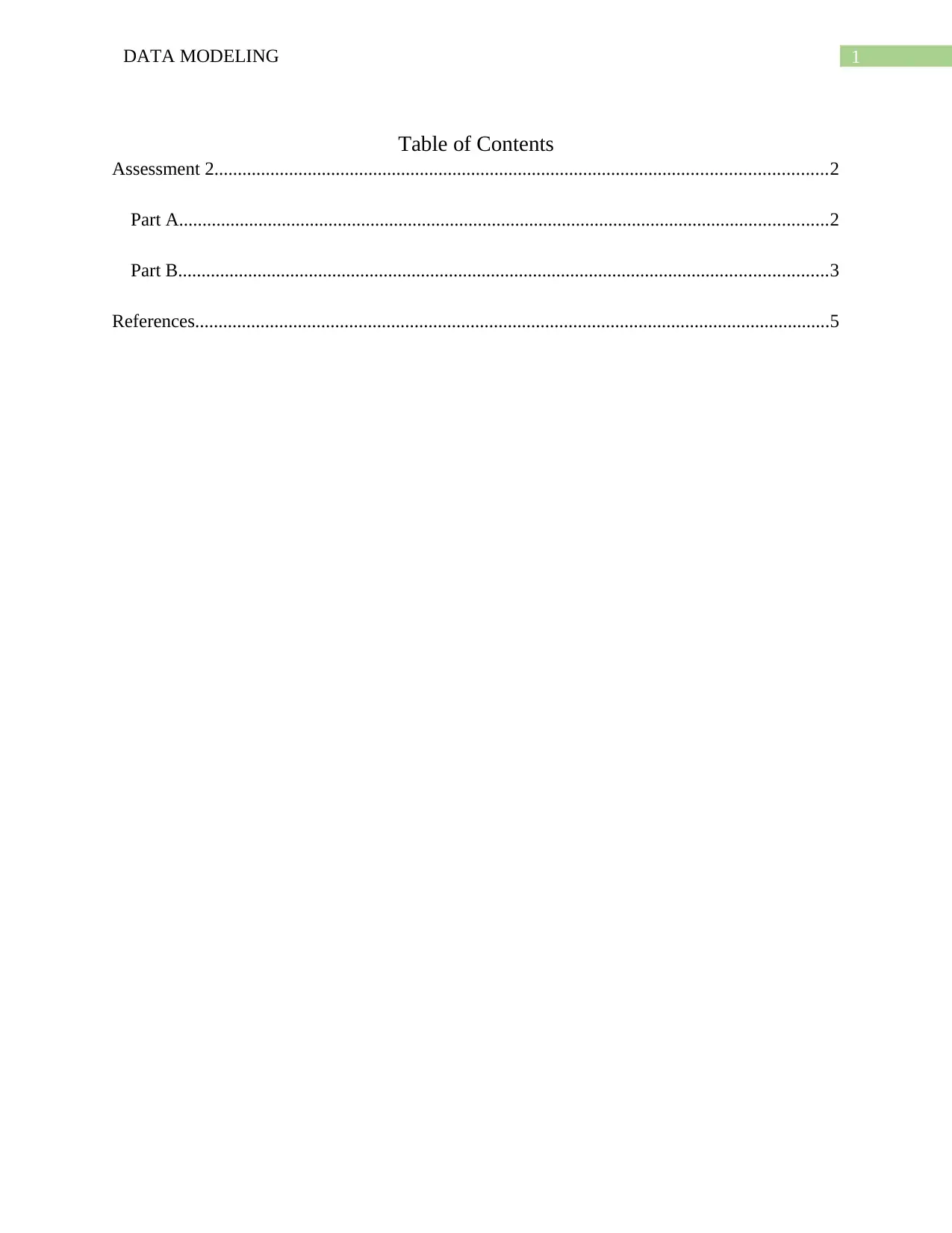
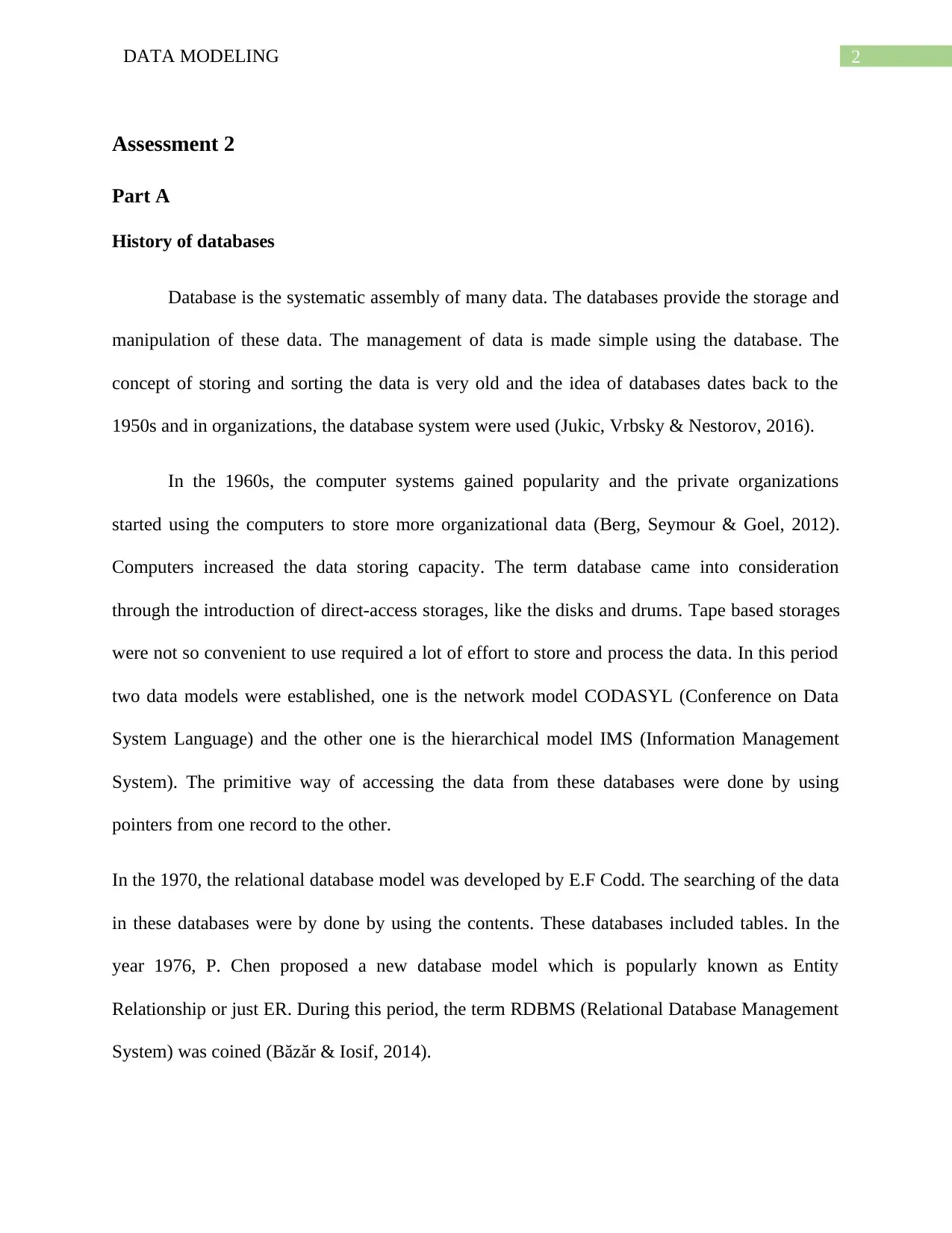

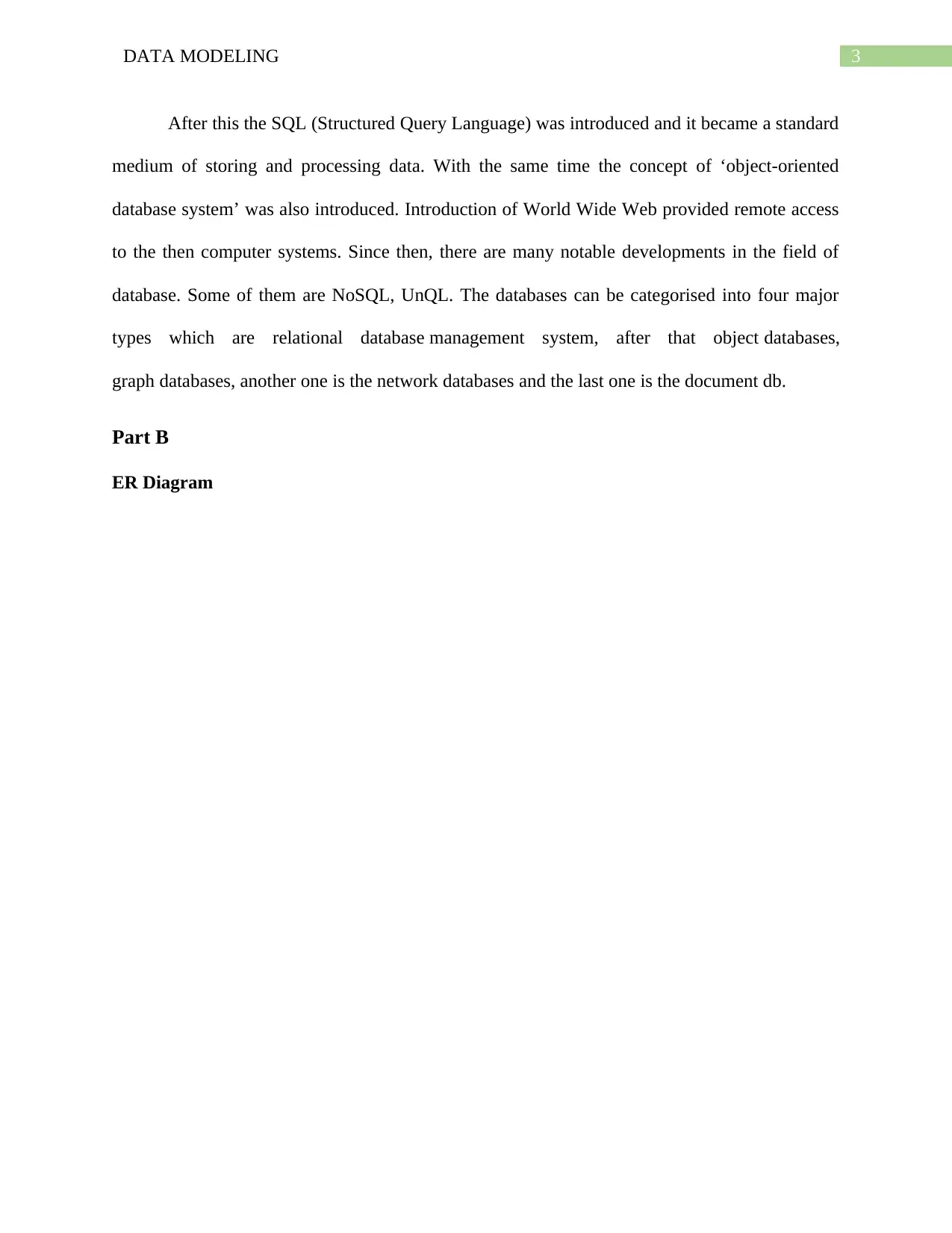
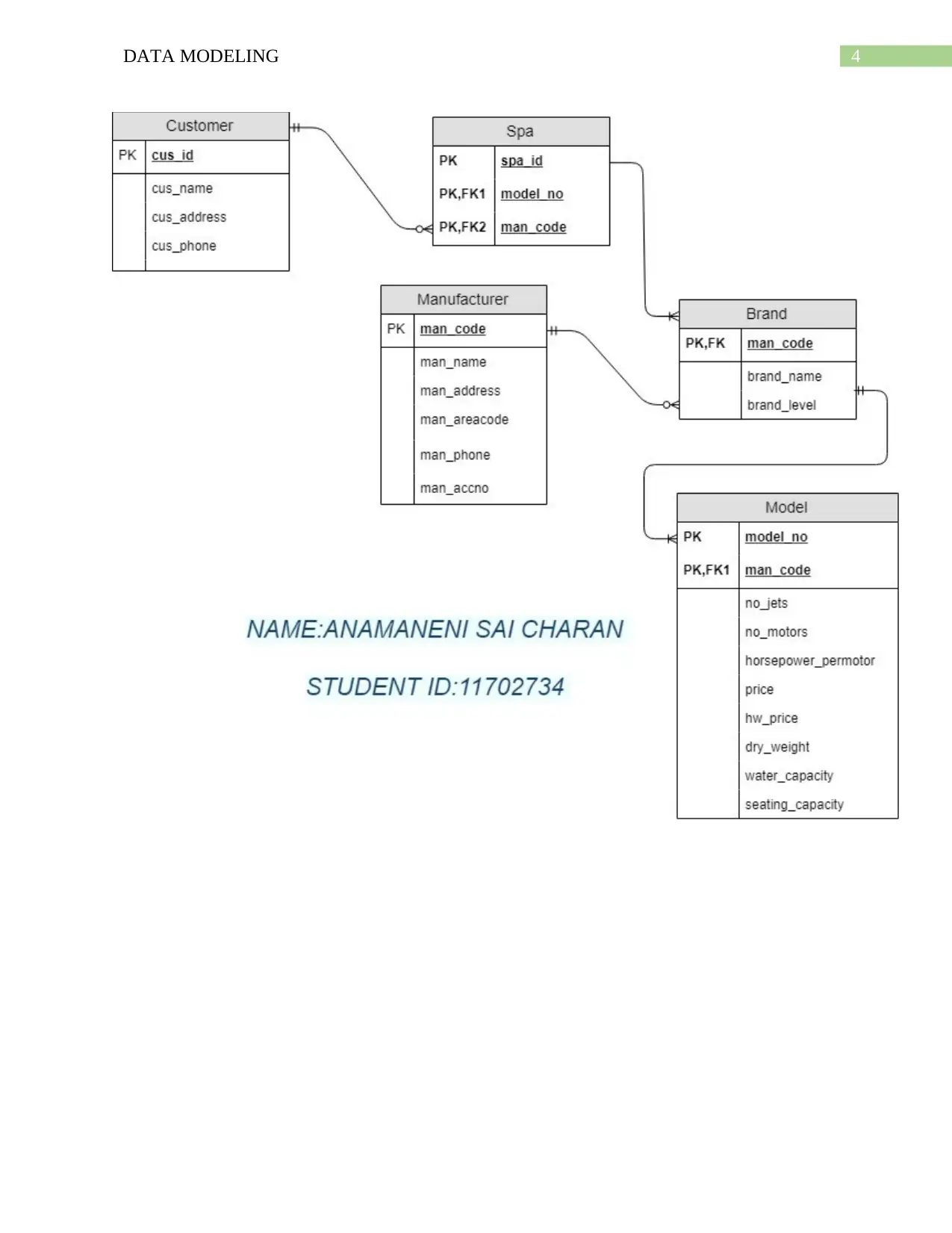
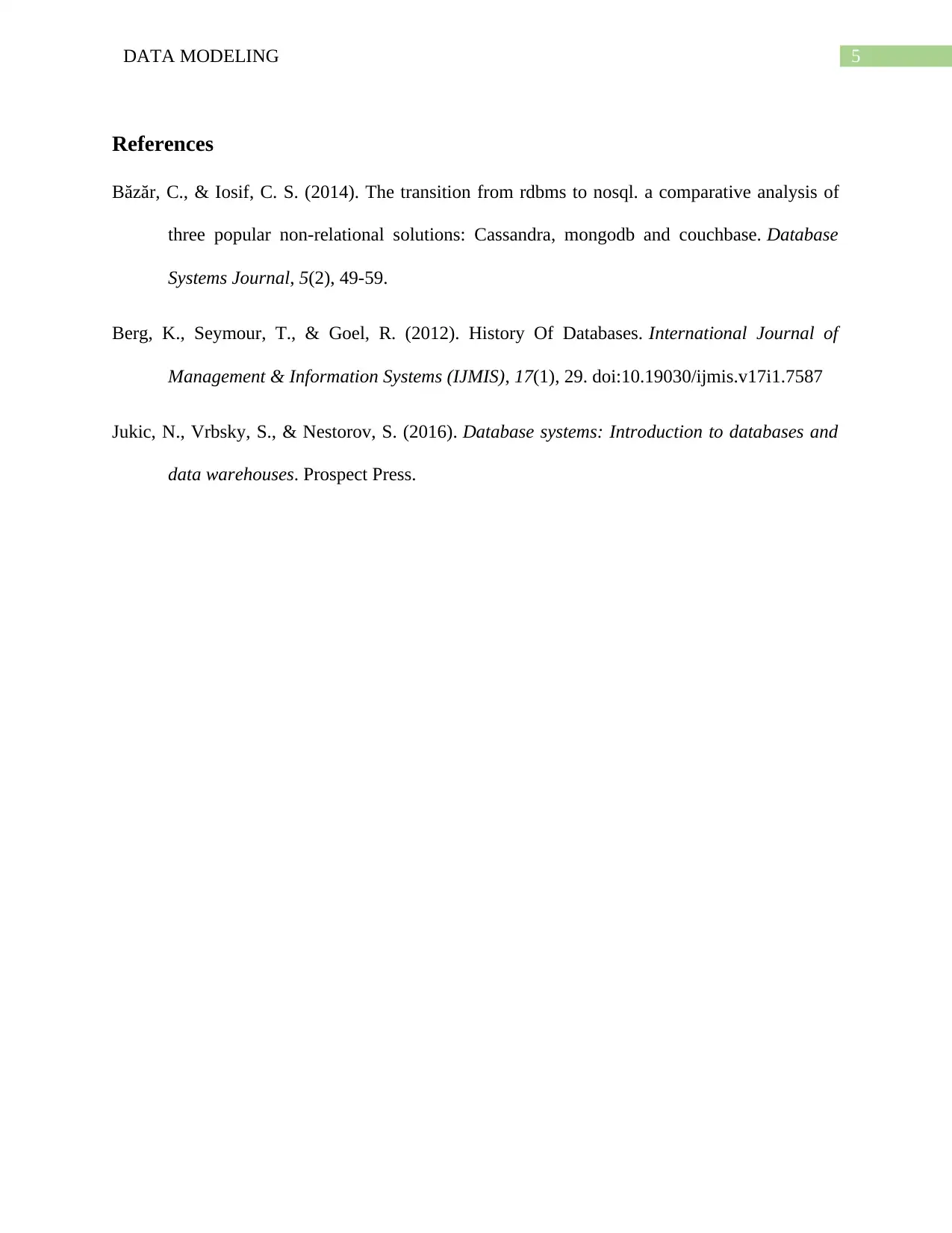






![[object Object]](/_next/static/media/star-bottom.7253800d.svg)